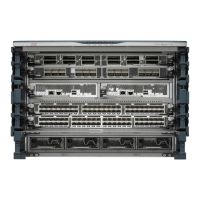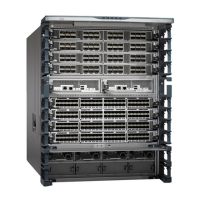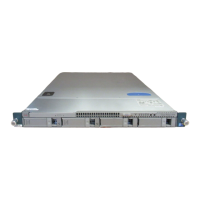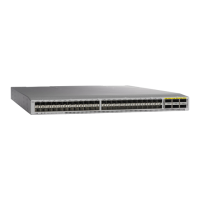Send document comments to nexus7k-docfeedback@cisco.com.
7-20
Cisco Nexus 7000 Series NX-OS Unicast Routing Configuration Guide, Release 4.x
OL-20002-02
Chapter 7 Configuring OSPFv3
Configuring Advanced OSPFv3
Configuring Filter Lists for Border Routers
You can separate your OSPFv3 domain into a series of areas that contain related networks. All areas must
connect to the backbone area through an area border router (ABR). OSPFv3 domains can connect to
external domains as well, through an autonomous system border router (ASBR). See the “Areas” section
on page 7-5.
ABRs have the following optional configuration parameters:
• Area range—Configures route summarization between areas. See the “Configuring Route
Summarization” section on page 7-32.
• Filter list—Filters the Inter-Area Prefix (type 3) LSAs on an ABR that are allowed in from an
external area.
ASBRs also support filter lists.
BEFORE YOU BEGIN
Create the route map that the filter list uses to filter ip prefixes in incoming or outgoing Inter-Area Prefix
(type 3) LSAs. See Chapter 16, “Configuring Route Policy Manager.”
Ensure that you have enabled the OSPFv3 feature (see the “Enabling the OSPFv3 Feature” section on
page 7-13).
Ensure that you are in the correct VDC (or use the switchto vdc command).
SUMMARY STEPS
1. config t
2. router ospfv3 instance-tag
3. address-family ipv6 unicast
4. area area-id filter-list route-map map-name {in | out}
5. show ipv6 ospfv3 policy statistics area id filter-list {in | out}
6. copy running-config startup-config
DETAILED STEPS
Command Purpose
Step 1
config t
Example:
switch# config t
switch(config)#
Enters configuration mode.
Step 2
router ospfv3
instance-tag
Example:
switch(config)# router ospfv3 201
switch(config-router)#
Creates a new OSPFv3 instance with the configured
instance tag.
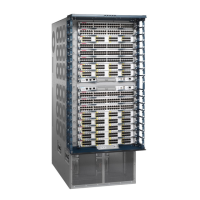
